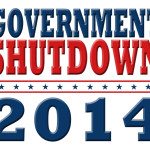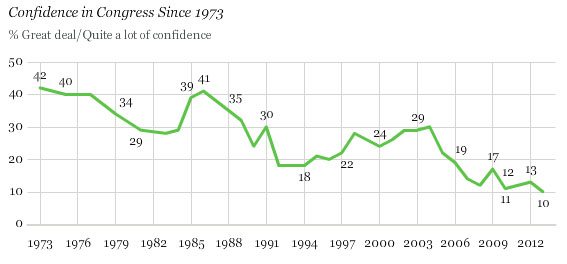
On February 11, 2014, President Barack Obama signed an executive order raising the minimum pay for workers employed by companies that have federal contracts. The pay per hour would be lifted from $7.25 to $10.10 and go into effect on January 1, 2015.
As might be expected, the move ignited a fire storm of dueling statistics and questionable conclusions from both sides of the political spectrum. Consequently, the average American is likely confused about who the order affects and its potential impact on the economy.
The Driver for Change: Income Inequality in America
The words “income inequality” presuppose that the current distribution of income between various levels of the population is unfair, a conclusion both supported and contested by many. The facts are that an increasing share of pre-tax cash market income – such as wages and salaries, dividends, interest, rent, investment returns, and business profits – has gone to the top 1% of Americans, while the share of the bottom 90% has fallen since the mid- to late-1970s. According to figures compiled by Emmanuel Saez, economics professor at UC-Berkely, the top 1% received around 22.5% of all pretax income while the bottom 90% dropped below a 50% share for the first time in history.
Whether or not this represents a problem depends upon your perspective and political leanings. According to a Pew Research Factank report from December 2013, 61% of Democrats and 50% of independents said the gap was a big problem – versus only 28% of Republicans.
In 2012, former partner at Bain Capital and author of “Unintended Consequences: Why Everything You’ve Been Told About the Economy is Wrong,” Edward Conard, aggressively argued that the enormous and growing income inequality was a sign that the U.S. economy was working, and, if we had a little more inequality, everyone – particularly the 99% – would be better off. According to the New York Times, Conard is not only a member of top 1%, he is a member of the top 0.1%, with an estimated wealth of hundreds of millions of dollars. Are Mr. Conard and his 1% cohorts just protecting their assets as their opponents claim, or do they have the solution for a better America?
On the other side of the issue, Nobel laureate economist Joseph E. Stiglitz claims in his book “The Price of Inequality” that rising inequality is putting a brake on growth and promoting economic instability. British epidemiologists Kate E. Pickett and Richard G. Wilkinson, writing in “The Spirit Level: Why More Equal Societies Almost Always Do Better,” go even further to claim that income inequality undermines social bonds, contributes to mental illness, and increases obesity and teenage pregnancy while fostering crime and lowering life expectancy. Conservatives claim such opinions are akin to Chicken Little’s hysteria that the sky is falling – but what if they’re right?
A third perspective on income inequality was presented in a 2013 Forbes article by Shah Gilani, a hedge fund manager and a former manager of the futures and options division of Lloyd’s Bank. Gilani proposes that the tax code should be revamped and simplified while improving educational opportunities and skill-based opportunities for the middle class. He argues that the middle class are the real victims of inequality, and if not helped they “will increasingly slip into poverty and the backbone of America’s increasingly brittle skeleton will turn to dust.”





